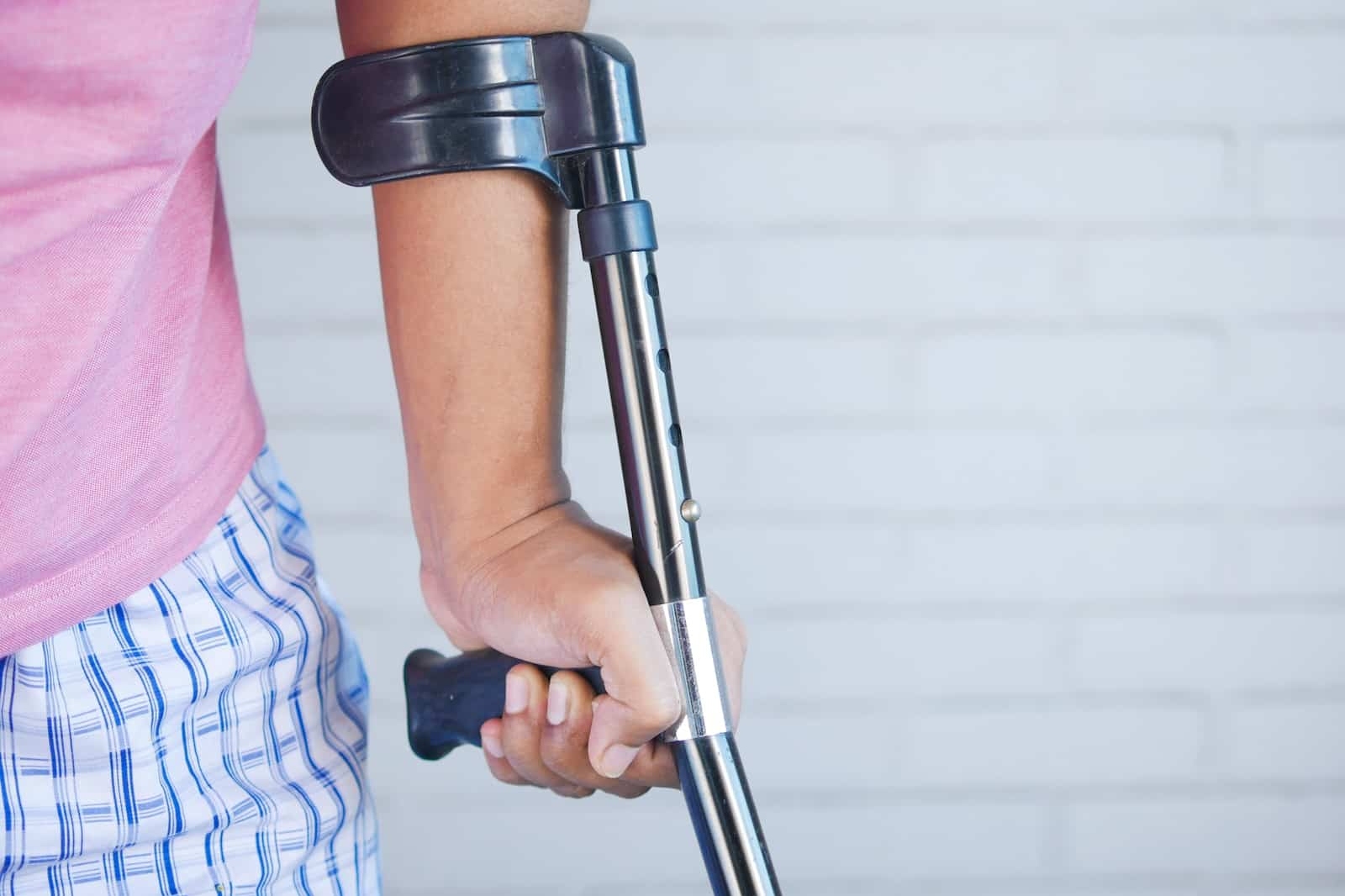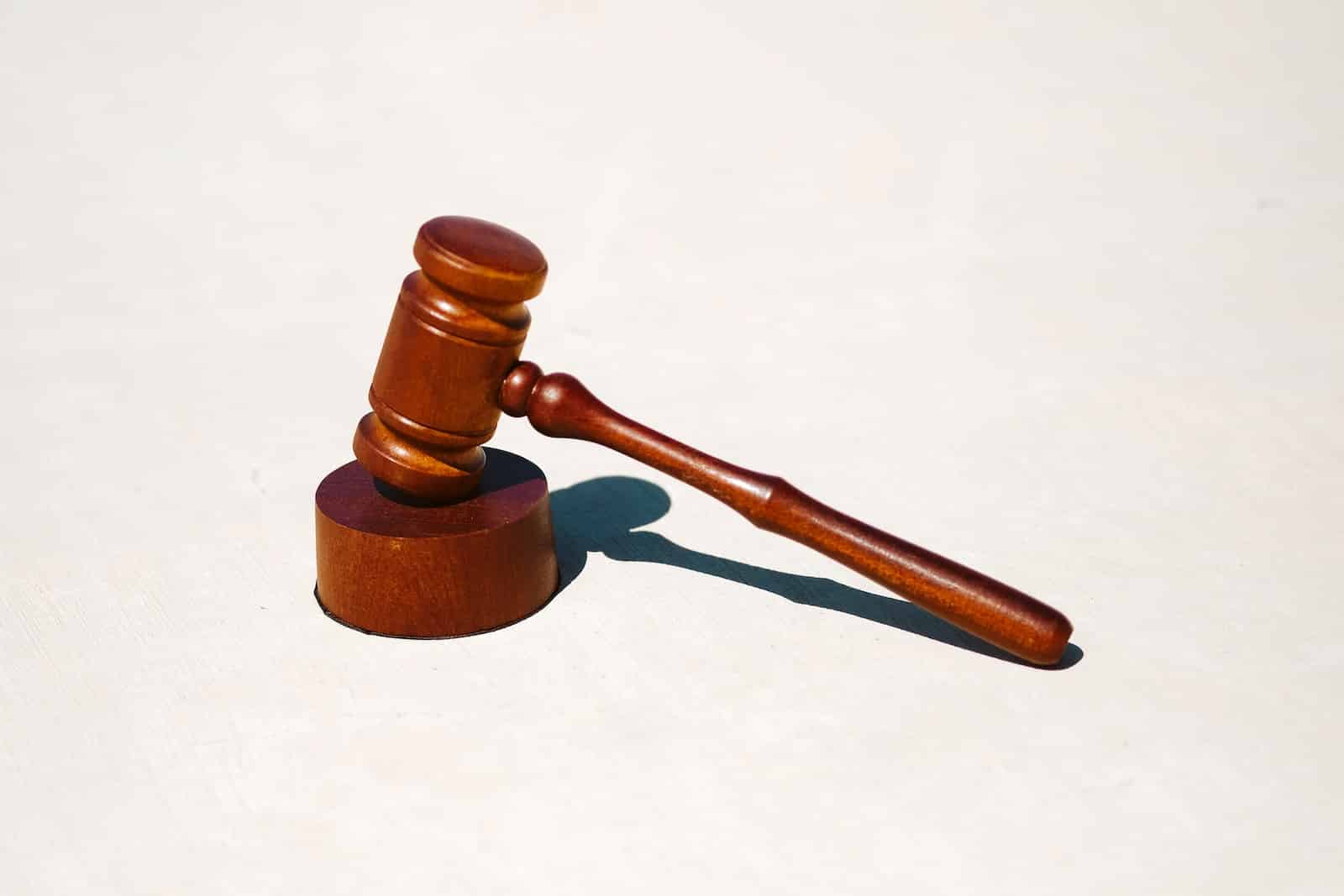Animation has become an increasingly powerful tool in the legal system, helping attorneys effectively present their case and make a lasting impression on the jury. But what types of court cases is animation most beneficial for? In this post, we’ll explore the different types of court cases where animation can be used to help win a case.
Personal Injury Cases
Personal injury cases often involve the recreation of accident scenes to help the jury understand how the accident occurred. Animation can be used to create a realistic representation of the accident scene, including the actions and movements of the people involved. This can help the jury better understand the sequence of events leading up to the accident, and how it could have been prevented. Animation can also be used to show the medical procedures, the plaintiff’s injuries and how the accident caused them.
Medical Malpractice Cases
Medical malpractice cases often involve complex medical procedures and concepts. Animation can be used to explain these procedures and concepts in a clear and engaging way, helping the jury understand the medical aspect of the case and how it relates to the plaintiff’s injuries. Animation can also be used to demonstrate how a mistake or error in a medical procedure led to the plaintiff’s injury, and how different medical procedures would have prevented it.
Patent Disputes
Patent disputes often involve complex technology and inventions. Animation can be used to explain the technology and inventions in a clear and engaging way, helping the jury understand the technical aspect of the case and how it relates to the patent dispute. Animation can also be used to demonstrate how the defendant’s product or invention infringes on the plaintiff’s patent and how it works.
Criminal Cases
Animation can also be used in criminal cases to recreate crime scenes and demonstrate the sequence of events leading up to the crime. This can help the jury better understand the crime and how it was committed, as well as how the evidence found at the crime scene relates to the defendant. Animation can also be used to show the defendant’s actions, motives and intent.
Construction Defects
In construction defect cases, animation can be used to illustrate how the defects came about and how they affected the building and its inhabitants. The animation can also be used to show the different design, construction and inspection stages and how the defects could have been prevented.
The Potential Positive Outcomes
Animation can help win court cases by making complex information more understandable for the jury. It can also help create a lasting impression on the jury by providing a visual representation of the case. Animation can also help to clarify the sequence of events, demonstrate cause and effect, and provide a clear picture of the case. This can ultimately lead to a positive outcome for the case by helping the jury make a more informed decision.
In conclusion, animation can be a powerful tool for winning court cases. It can be used in a variety of court cases, including personal injury, medical malpractice, patent disputes, criminal cases, construction defects and more. Animation can help make complex information more understandable and create a lasting impression on the jury. It can also help to clarify the sequence of events, demonstrate cause and effect, and provide a clear picture of the case, leading to a positive outcome for the case.


